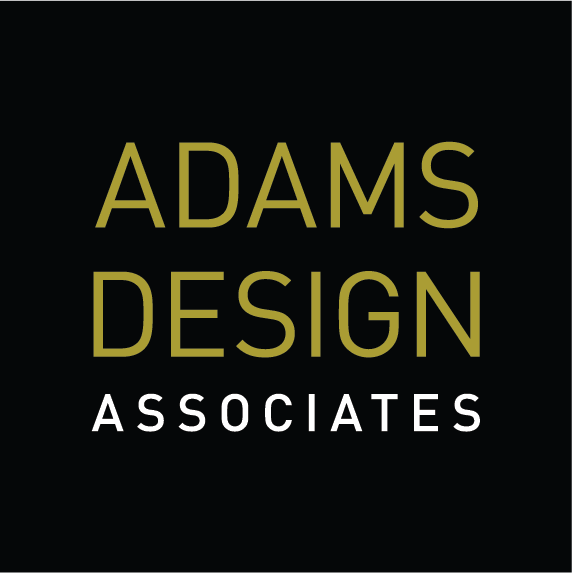Every artist, scientist, engineer and creator has a specific process they follow when working on projects. Whether creative or scientific, these processes lay the foundation on which all creations are built on. Architects are no different, yet the process we follow is not a linear one. While some steps in the design process automatically lead into the next, other parts of the process are not so beholden to such succession. The path architects follow when designing spaces can be described using the Japanese word Kaizen, which means “continuous improvement or change for the better.” Let’s dig a little deeper into this dynamic process to see how the proverbial sausage gets made in an architect’s office.
Back at the Beginning: Initial Conversations with Clients
Each project we undertake starts with a client’s question, usually in the form of a problem they need our help solving. During these initial conversations, it’s crucial that we get to the crux of the client’s issue. We accomplish this by asking multiple in-depth questions, making sure to use clear and precise language, so we can begin brainstorming potential solutions that meet the client’s budget and time constraints. These conversations lay the foundation for every step we take moving forward.
Let’s Hit the Books: Doing Our Research
Once we have completed the preliminary client conversations, we move on to the next phase in the design process: research. We take the information the client provided us with and start researching the location, the people involved with the property, the governing body that has jurisdiction for the area we are working in, the climate (does it rain often, is the land dry, how cold does it usually get). We find out if there are significant builds or structures nearby that might influence the design, then assess the topography, as well as learn what the culture is like in the area. The American Institute Of Architects defines this phase of the design process as the “Pre-Design Phase” and or “Feasibility Study.”
Grab a Pencil and Paper: Drawing the First Draft
Once the research has been gathered, then the actual design phase of the process starts. This part of the design story happens quickly, with the architect using nothing but a pencil and a blank piece of paper. While this phase can be a little messy (think a rough, rough draft), the goal is to explore all ideas and options in order to eliminate the preconceived ideas and bad design tropes that litter the mental landscape.
Idea Development: Shaping the Structure
Once the germ of a true idea has been revealed in the sketch process, that idea is then expanded, worked over, and refined to a point at which a conversation with the client can be had about transforming the design drafts to a building. This post-design meeting is typically a critical turning point in the process. Although many times the client will like what we present and no changes are necessary, sometimes the initial design may be altered or thrown away completely. The goal is to learn and improve the design to satisfy the needs of the client, because meeting their expectations is our first priority.
While all of the above is going on, we always consider the various technical factors involved with the project, including constructibility, the cost, and the timeline. Although it is often portrayed in six, seven or 12 steps, the design process is a fluid journey. The phases feed in and out with one another, merging and switching in sequences so we can arrive at an end where our client is completely satisfied with the final structure.

